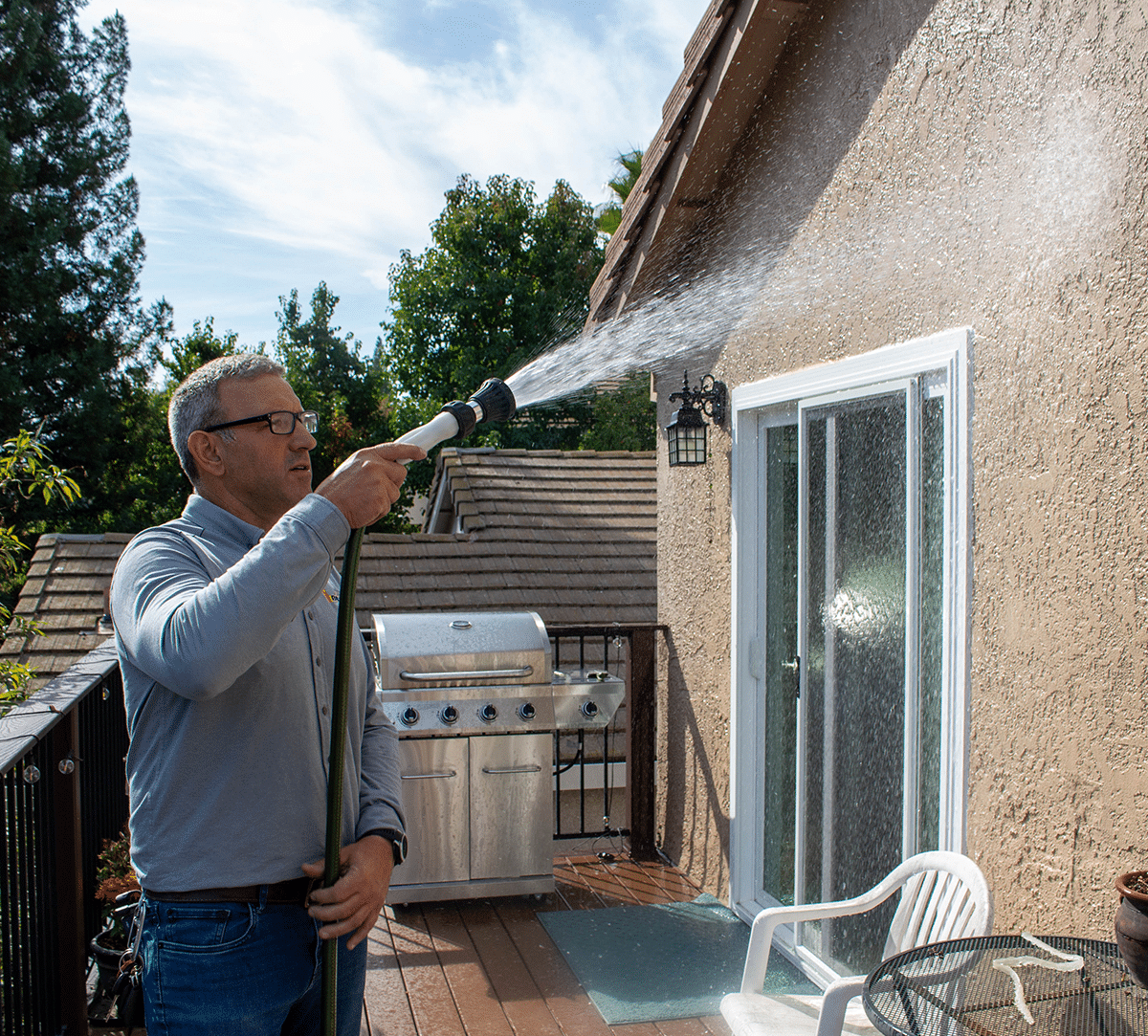Innovative Underground Leak Detection Techniques to Identify Hidden Issues
The Duty of Advanced Innovation in Modern Leak Detection Services for Reliable Solutions
In the world of modern leak discovery services, progressed technology has ushered in a new period of efficiency and accuracy. The integration of IoT, wise sensing units, and advanced strategies like acoustic detection and thermal imaging has actually transformed how leaks are determined and taken care of.
Evolution of Leakage Detection Innovation
The advancement of leakage discovery modern technology is a testimony to technology and the unrelenting search of accuracy. Historically, the discovery of leakages, whether in pipes or commercial systems, depended greatly on commonly ineffective and simple techniques.
Over the decades, improvements in innovation have transformed leak discovery right into an advanced field. The introduction of digital sensing units noted a considerable leap, permitting for continual surveillance and instant detection of discrepancies. These sensing units make use of a range of methods, such as acoustic, infrared, and ultrasonic methods, to identify leakages with exceptional accuracy. Moreover, the assimilation of electronic innovation has made it possible for real-time information collection and analysis, providing drivers with critical details to attend to potential problems swiftly and properly.

Secret Developments in Leak Detection
In the last few years, vital technologies in leakage discovery have transformed the industry, bringing extraordinary accuracy and effectiveness to the leading edge. Among these innovations, the assimilation of IoT and wise sensors is notable, making it possible for real-time surveillance and data transmission. These devices can finding minute modifications in pressure and circulation, enabling for rapid recognition of leaks before they rise into significant concerns.
One more pivotal growth is using acoustic leakage discovery technology - pipe leak detection. By utilizing very sensitive microphones and progressed algorithms, this approach can discover leakages based on audio patterns. This approach is specifically effective in determining leaks in complicated piping systems where aesthetic evaluation is not practical
Thermal imaging technology has actually also made significant strides, offering a non-invasive technique to detect leaks by recording temperature variations. This technology is especially beneficial in detecting leaks in protected or below ground pipelines, giving a clear graph of the issue.
Advantages of Modern Techniques
Modern leak detection strategies offer various benefits, dramatically enhancing operational effectiveness and cost-effectiveness for companies. Among the primary benefits is the capability to swiftly and properly recognize leaks, reducing downtime and stopping considerable damages. By using cutting-edge technologies such as acoustic sensors, infrared thermography, and advanced data analytics, companies can identify leakages with accuracy, also in facility or hard to reach systems.
These modern methods also reduce labor costs and resource allocation. Traditional leak discovery often required extensive excavation and guidebook examinations, which were pricey and lengthy. In contrast, find this non-invasive methods allow for rapid analyses, lowering the demand for turbulent and costly treatments. This shift not only conserves economic sources however also minimizes functional disruptions.
By simplifying the discovery procedure, firms can designate resources extra efficiently, focusing on repair services and system renovations rather than exhaustive search efforts. In general, contemporary leakage discovery strategies provide a tactical advantage, equipping organizations to enhance their operational frameworks and accomplish long-lasting sustainability.
Environmental Effect Reduction

The combination of these modern technologies right into leakage detection services not only straightens with regulative conformity yet also supports business obligation campaigns intended at minimizing ecological footprints. Therefore, progressed leak discovery modern technology is vital in fostering a much more sustainable and resilient future.
Future Trends in Leakage Discovery
The future of leakage discovery technology guarantees transformative innovations that will certainly redefine sector standards. As the need for sustainable and effective infrastructure expands, the integration of cutting-edge modern technologies like expert system (AI) and the Net of Points (IoT) is readied to reinvent the field. These innovations will certainly enable real-time monitoring and predictive upkeep, decreasing the probability of leaks and lessening environmental impact.

Furthermore, the usage of drones furnished with thermal imaging and advanced optics provides a non-invasive approach for evaluating hard-to-reach areas. This innovation not just boosts the precision of leak detection but additionally ensures the safety and security of employees by lowering the requirement for hands-on assessments in unsafe atmospheres.
Additionally, improvements in data analytics and cloud computing will certainly promote the assimilation of leak discovery systems right into wider property administration systems, offering detailed oversight. These future trends highlight a change in the direction of even more intelligent, automated, and sustainable leakage detection services.
Conclusion
The assimilation of sophisticated technology in leak discovery services represents a considerable advancement in efficiency and accuracy. Real-time monitoring via IoT and smart sensing units, combined with methods like acoustic detection and thermal imaging, boosts system dependability and functional cost-effectiveness. In addition, these technologies add to ecological defense by minimizing hazardous releases and supporting sustainable resource management. As modern technology remains to develop, future trends will likely focus on more boosting these abilities, guaranteeing more detailed and positive leak discovery methods.
In the world of modern leakage detection solutions, advanced innovation has ushered in a new period of effectiveness and accuracy.Leveraging sophisticated modern technology in leak discovery not only improves functional effectiveness yet also plays a crucial role in ecological impact mitigation. Early and specific detection of leakages, facilitated by ingenious modern technologies such as acoustic sensors, infrared imaging, and real-time tracking systems, significantly minimizes the volume of dangerous materials released into the atmosphere. The assimilation of these technologies into leakage discovery services not only lines up with governing conformity but likewise sustains company responsibility efforts aimed at continue reading this minimizing environmental footprints.The integration of sophisticated modern technology in leakage discovery services represents a significant improvement in performance and precision.